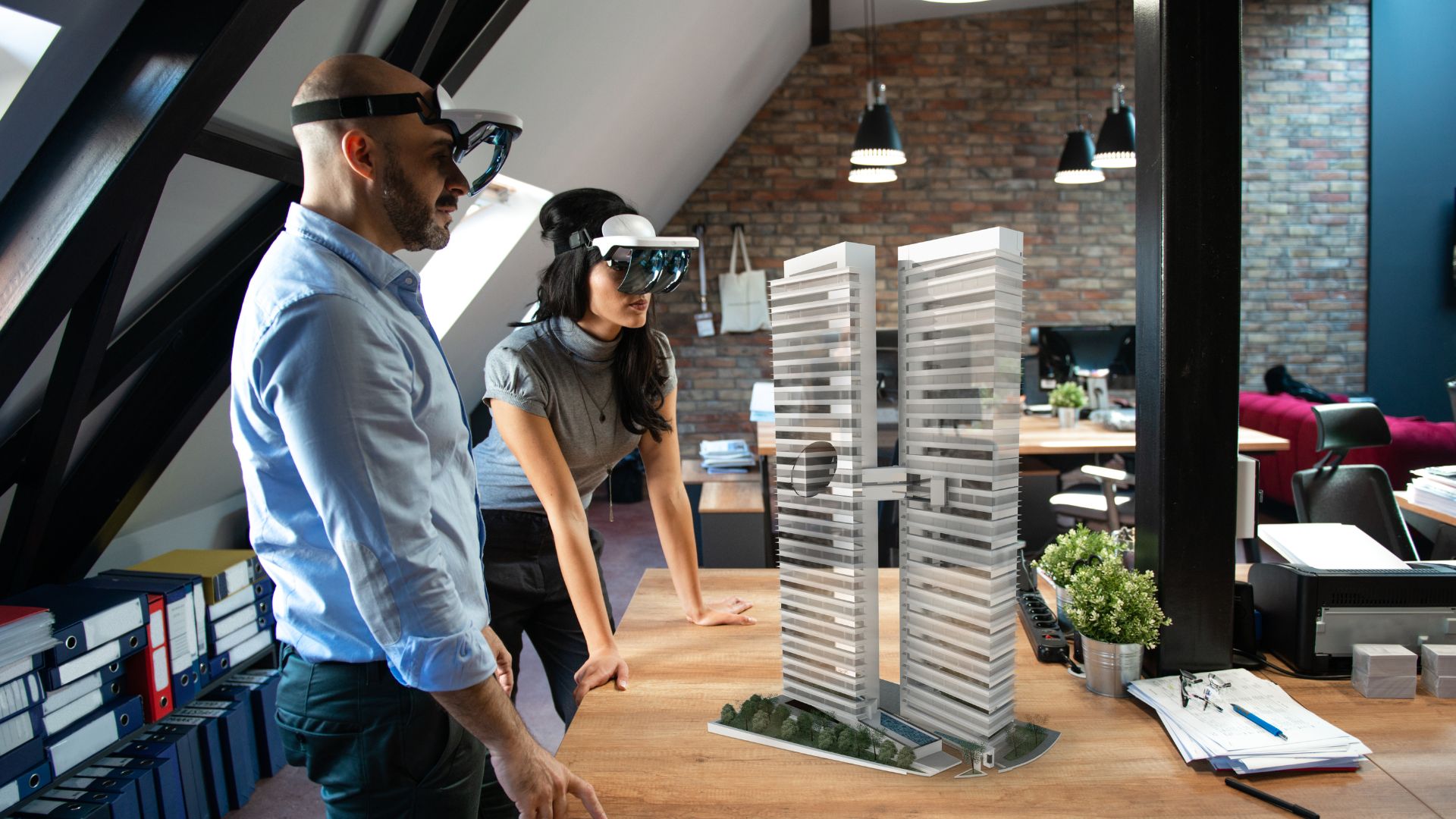As we stand on the threshold of the fourth industrial revolution, virtual reality (VR) is no longer a distant dream but a tangible part of our present. It’s revolutionizing industries, and 3D industrial applications are at the forefront of this change.
So, strap on your VR headset and join us as we journey into the captivating realm of virtual reality industrial 3D. The future is here, and it’s more exciting than you could ever imagine.
Virtual Reality Industrial3D
Virtual reality industrial 3D world isn’t simply a trending technology—it’s a ground-breaker known for revolutionizing numerous sectors. In essence, virtual reality Industrial3D integrates a computer-simulated environment in real-world industrial scenarios. The user, wearing specialized VR equipment, gets immersed in a highly detailed three-dimensional graphical representation.
The Concept of Virtual Reality in Industry
In simple terms, virtual reality industrial3D refers to the use of computer-generated simulations to create a three-dimensional virtual environment where users can interact with objects, machines, or processes. From car manufacturing giants like Ford to Aerospace leaders like Boeing, the application of VR in Industries is effectively transforming 3D design, virtual prototyping, and training scenarios.
Applications of Virtual Reality in Different Industries
Manufacturing and Prototyping
Manufacturing and Prototyping, consistently benefitted from virtual reality Industrial3D. VR allows businesses to visualize, evaluate, and modify virtual prototypes of products or machinery in a three-dimensional space before constructing physical models.
Training and Simulation
Training and Simulation is another area where VR technology makes a pivotal difference. Industries such as medicine, aviation, and the military employ VR for simulation training. In healthcare, for instance, VR allows doctors and surgeons to practice complex surgical procedures without risk to actual patients.
Design and Engineering
In Design and Engineering, VR creates an immersive environment that provides engineers with a three-dimensional view of their designs. This direct perspective offers them an opportunity to examine the functionality and aesthetics of their concepts in an interactive way before implementation.
Benefits of Implementing Virtual Reality in Industrial Settings
As virtual reality Industrial3D technology advances, the foreseeable benefits become increasingly evident in industries around the globe. Virtual Reality industrial3D provides substantial aid to several business sectors, including but not limited to car manufacturing, aviation, and the military.
Increased Efficiency and Productivity
Virtual prototyping, enabled by VR, lends itself to careful design examination in a 3D landscape, inviting considerable tweaks and improvements. Subsequent to implementing VR solutions, industrial sectors observe a surge in efficiency and productivity. For instance, car manufacturers markedly decrease the duration of the design process. By utilizing VR, they’re able to evaluate, modify and finalize designs prior to physical prototyping – saving time, optimizing processes, and boosting productivity.
Enhanced Training and Safety
Virtual Reality industrial 3D potential in training and safety are equally commendable. In high-risk sectors, such as aviation or the military, VR provides practical experience without endangering personnel. Trainees can engage with simulated, yet realistic scenarios, improving their skill sets and confidence levels.
Cost Reduction and Error Minimization
Allowing for comprehensive design evaluation and training, VR significantly reduces chances of errors, thereby minimizing costs associated with error correction and damage control. Again, using car manufacturing as an example, the process of developing physical prototypes can often be expensive, time-consuming, and prone to errors. By introducing VR into the initial stages of design, and allowing for thorough virtual assessments, the number of physical prototypes needed may be drastically reduced, substantially lowering costs and minimizing potential design errors.
Must Know
It’s clear that virtual reality Industrial3D is set to revolutionize the industrial sector. Its potential to revamp 3D design, virtual prototyping, and training processes is undeniable. Despite the challenges, industries are recognizing the immense value in terms of efficiency, productivity, and cost savings. The future is promising with emerging trends like the integration of AI and machine learning, immersive VR interfaces, and wireless headsets. These advancements are set to further enhance the capabilities of VR, offering unprecedented opportunities for real-time collaboration and improved safety.
